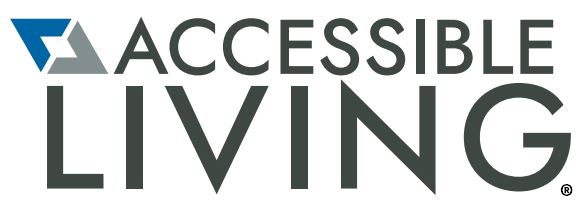Enhancing Pool Accessibility Through Custom Steps, Entryway Design
As homeowners increasingly seek pool designs that accommodate a broader range of users, custom steps and entryway features have emerged as essential components in creating safe, functional and inclusive swimming environments. Whether accommodating limited mobility, aging populations or young children, tailored pool entry systems support improved access and user comfort.
Functional entryways built for real-world use
Standard pool designs often rely on traditional ladders or steep drop-offs that may work for athletic swimmers but present significant challenges for others. Custom entry features — such as wide steps, sun ledges, beach entries and built-in handrails — offer gradual, predictable transitions into the water. By incorporating these features early in the planning stage, pool environments become more adaptable to future needs, especially in residential settings where homeowners require accessible features. These features are particularly beneficial for:
- Individuals recovering from surgery or injury
- Older adults with reduced strength or joint pain
- Children who need shallow areas to play safely
- Users who experience sensory or balance-related difficulties
Design options for enhanced accessibility
Several design elements are commonly used to improve entry and exit functionality in custom pools. Each can be adapted to specific mobility needs, aesthetic preferences and space constraints:
- Tanning ledges/baja shelves – Shallow, submerged platforms ideal for resting, supervising children or gradually adjusting to water temperature
- Wide, tiered steps – Allow for a more gradual descent with enough width for stable footing and resting spots
- Extended handrails – Provide added support during entry and exit, especially when paired with wider steps
- Zero-entry (beach entry) – Sloped entrances that simulate a shoreline, offering step-free access for walkers or wheelchairs
- Textured surfaces – Non-slip finishes reduce the risk of slipping
Custom entry features are typically built using the same materials as the pool shell — such as gunite or fiberglass — and are reinforced to accommodate repeated use and increased structural demand.
Building for lifespan and compliance
In many cases, accessibility-focused pool design aligns with existing building codes or ADA guidelines for public or commercial facilities. Though private homes are not held to the same regulatory standards, incorporating accessible features still offers long-term value — both in usability and potential resale considerations.
Pools designed with accessibility in mind often experience fewer injuries and a higher rate of long-term satisfaction among users. Design elements such as extended step platforms, grab rails and stable seating areas promote both safety and relaxation.
Tips provided by William Gunzburg, owner of Kingfish Pools in Metairie, Louisiana.

